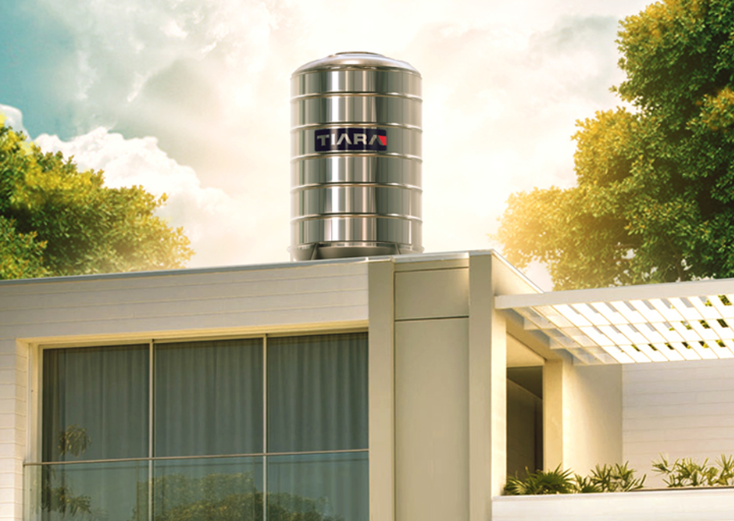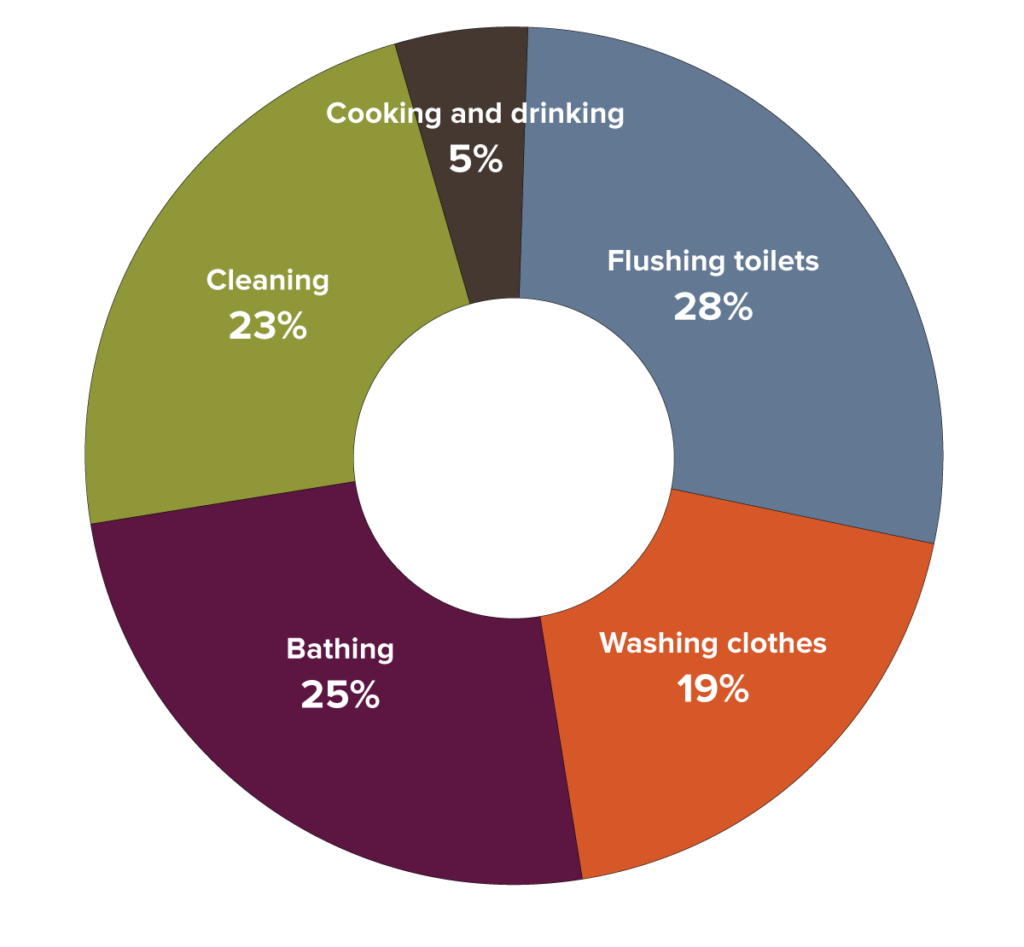Skip to content
Skip to footer

Choosing the right size water tank is crucial whether you are planning for your home or business. A water tank that is too small may lead to frequent shortages and inconvenience, while one that is too large could mean unnecessary costs and space. To determine the appropriate size for your needs, it’s important to consider several factors including usage patterns, available space, and specific requirements.
The first step in selecting a water tank size is to assess your water usage. Calculate the average amount of water your household or business consumes daily. This includes activities such as showering, washing dishes, laundry, and any other water-intensive processes.
Factor in peak demand periods when water usage is at its highest. This could be during mornings when multiple people are showering or using water simultaneously. Understanding these peaks will help ensure your water tank can adequately supply water during high-demand periods without running dry.
Next, estimate how much water storage you require. This depends on whether you intend to use the water tank for drinking water, irrigation, or both. Drinking water requires higher standards of cleanliness and may necessitate a separate tank or additional filtration systems.
Once you have an idea of your water usage and storage needs, you can calculate the tank capacity required. Water tanks are typically measured in liters or gallons. For residential use, a common guideline is to aim for a tank capacity that can provide enough water for at least two days of usage during periods of low rainfall or maintenance.

Evaluate the space available for installing the water tank. When selecting a tank size, it’s important to consider both horizontal and vertical dimensions to ensure it fits comfortably within the designated area. Keep in mind that larger tanks offer more storage capacity but also require more space.
When deciding on the size of a water tank, it’s important to consider the local climate and rainfall patterns. If you live in an area with frequent rainfall, you may not need a large tank because natural replenishment occurs more often. Conversely, regions with dry spells or seasonal water shortages may necessitate larger tanks to store water during periods of scarcity.
If you’re unsure about the appropriate size or specific requirements for your water tank, consider consulting with professionals such as plumbers, water engineers, or tank suppliers. They can provide expert advice tailored to your location and usage patterns.
Choosing the right size water tank involves careful consideration of your water usage, storage needs, available space, and environmental factors. By assessing these aspects thoughtfully, you can ensure that your home or business has a reliable and efficient water supply system that meets your requirements effectively. Investing time in selecting the correct water tank size upfront can lead to long-term savings and peace of mind.